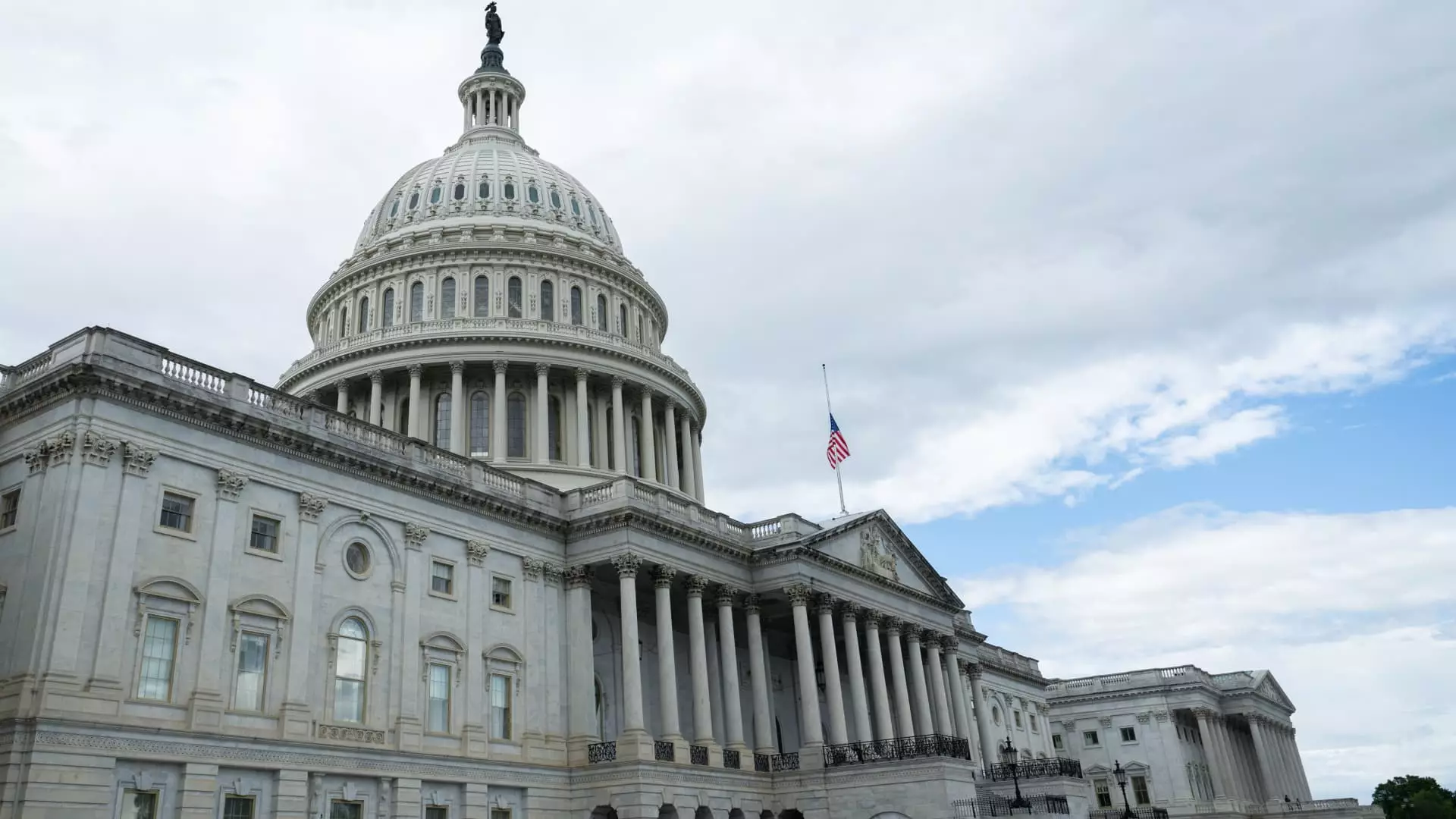The ongoing debate surrounding tax cuts in the United States is increasingly fraught with complexities, contradictions, and potential long-term ramifications for the economy. As House Republicans enshrine their massive tax cut plan into law, concerns mount regarding the potential increase in national debt. This legislation, while seemingly beneficial on the surface, raises critical questions about fiscal sustainability, economic fairness, and the everyday lives of American consumers.
Understanding the Financial Implications
At the heart of this legislation lies a proposal to slash taxes primarily benefiting the affluent, costing roughly $4 trillion over a decade. According to independent economic assessments, the impact of these tax cuts on the national debt could range from $3.1 trillion to as high as $3.8 trillion when accounting for interest and potential economic shifts. These figures emphasize the stark reality that the gains from tax cuts may come at an unsustainable cost to future generations. The weight of such a debt increase not only threatens the responsibility of fiscal governance but also stirs haunting fears about the economic realities that everyday Americans will endure.
A notable dissenting voice among Republicans, Rep. Thomas Massie of Kentucky, eloquently highlighted this paradox as he cautioned against the “debt bomb ticking” as Congress plays with figures that may be more fantasy than fiscal foresight. His concerns echo in the chambers of the Senate, where even a few Republican senators have begun voicing skepticism about the potential economic fallout of the bill. Their fears, grounded in economic fundamentals, are that this legislation could worsen the budget deficit while simultaneously risking financial discomfort for the common consumer.
The Ripple Effects on Daily Life
Though the average American citizen might not engage in ongoing conversations about national debt, its implications seep into everyday financial realities. Economists affirm that the rising national debt will inevitably lead to higher interest rates, impacting loans for homes, vehicles, and personal expenses. As the burden of debt increases, so too does the risk for consumers looking to make significant financial commitments. Mark Zandi, a chief economist, poignantly emphasizes that consumers will likely “pay a lot more” to finance their lives. With higher interest rates, first-time homebuyers and everyday consumers will find it increasingly difficult to achieve financial aspirations, effectively strangling economic mobility and growth.
The mechanism behind this reality is rather straightforward—the yields of government treasury bonds, which often serve as benchmarks for various consumer loan rates, are greatly influenced by market demand and investor comfort levels. Investors typically seek compensation for the risks they assume, and heightened national debt exacerbates these concerns. When the government borrows unsustainably, investors may demand higher yields, resulting in increased rates for average citizens. For instance, a predicted spike in the 10-year Treasury yield could directly mean that fixed mortgage rates soar. Zandi’s assertion that a minor uptick in the debt-to-GDP ratio could raise mortgage rates significantly paints a stark picture of the financial landscape unfolding for millions.
Tariff Revenue: A Fragile Assumption
Intriguingly, amidst these tax cuts, some proponents within the Republican Party assert that President Trump’s tariff policies could help cushion the blow of these tax reductions. Yet, economists caution against this notion, asserting that reliance on tariffs as a revenue generator is precarious at best. The transient nature of tariffs—subject to change with different administrations and susceptible to judicial reviews—renders them an unreliable safety net. If legislators anchor their fiscal policy to such variable measures, they run the very real risk of undermining long-term economic stability.
Furthermore, the potential repercussions extend beyond the average consumer. The bill, characterized as the “One Big Beautiful Bill Act,” could unintentionally alienate investors. With uncertainty surrounding treasury bonds due to elevated debt, investors may shy away from riskier investments in favor of safer alternatives. For the bondholders, this could translate to decreased portfolio values, exacerbating the financial stressors woven through the economic fabric of the nation.
The Bigger Picture: Weighting Fiscal Responsibility Against Growth
The present inclination toward tax cuts under the guise of promoting economic growth must be viewed against the reality of national debt management. Kent Smetters, a noted economist, warns that even without the proposed legislation, the debt-to-GDP ratio could swell alarmingly. However, this current bill could act as a catalyst that will worsen existing fiscal challenges. Critics argue that instead of addressing the root causes of economic malaise, this approach merely adds gasoline to an already blazing fiscal fire. The implications of unchecked debt growth present a dangerous paradox for policymakers, where the pursuit of short-term gains threatens to compound long-term liabilities.
In this sensitive economic climate, the ramifications of taxation and public finance policies become increasingly complex, and the stakes grow ever higher for the American populace. As legislators navigate the choppy waters of fiscal policy, it becomes imperative to prioritize sustainable growth ensuring that the foundations built today do not crumble under the weight of tomorrow’s debt. The choices made in the coming weeks could reverberate through the economy for decades, shaping the very fabric of American lives.

